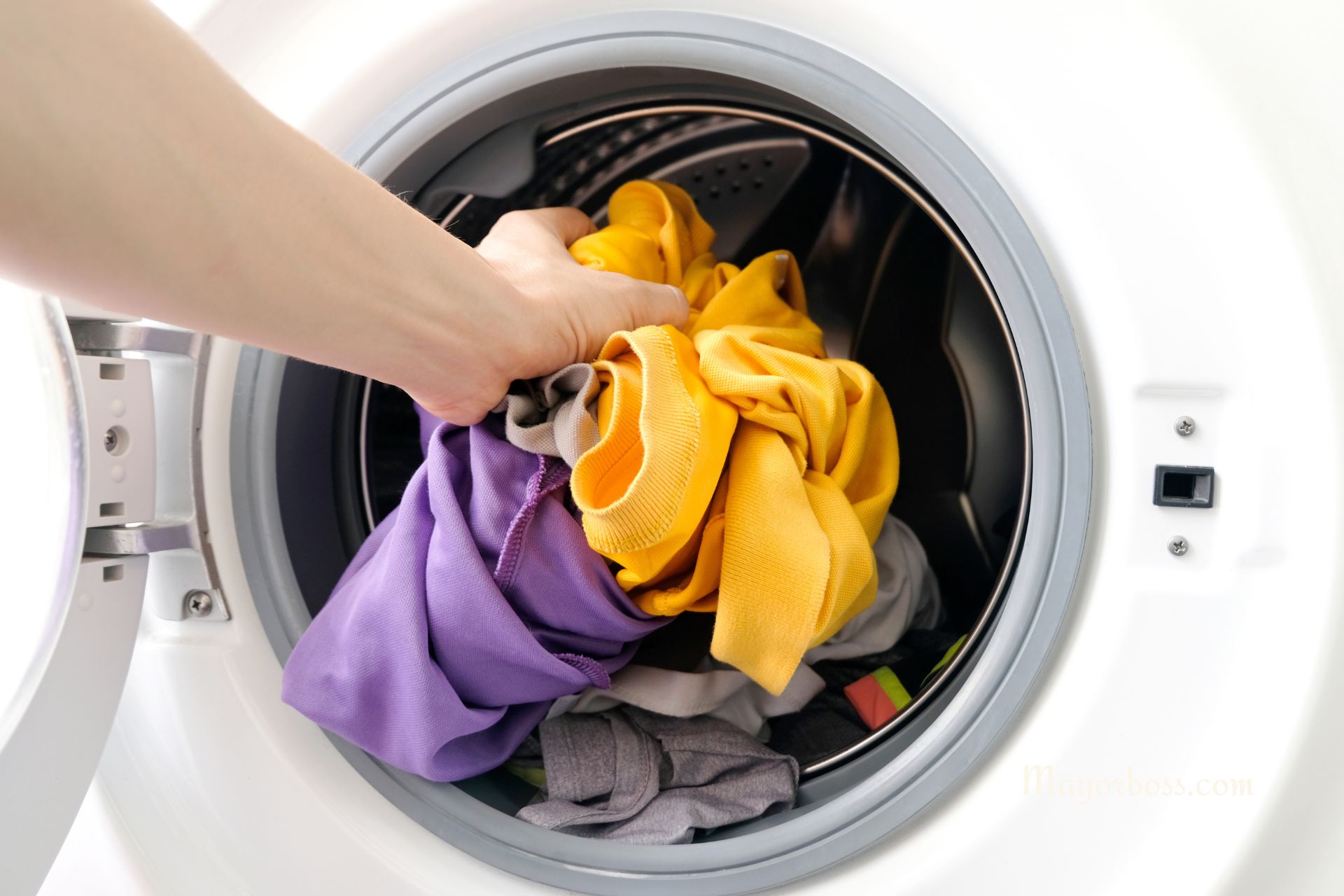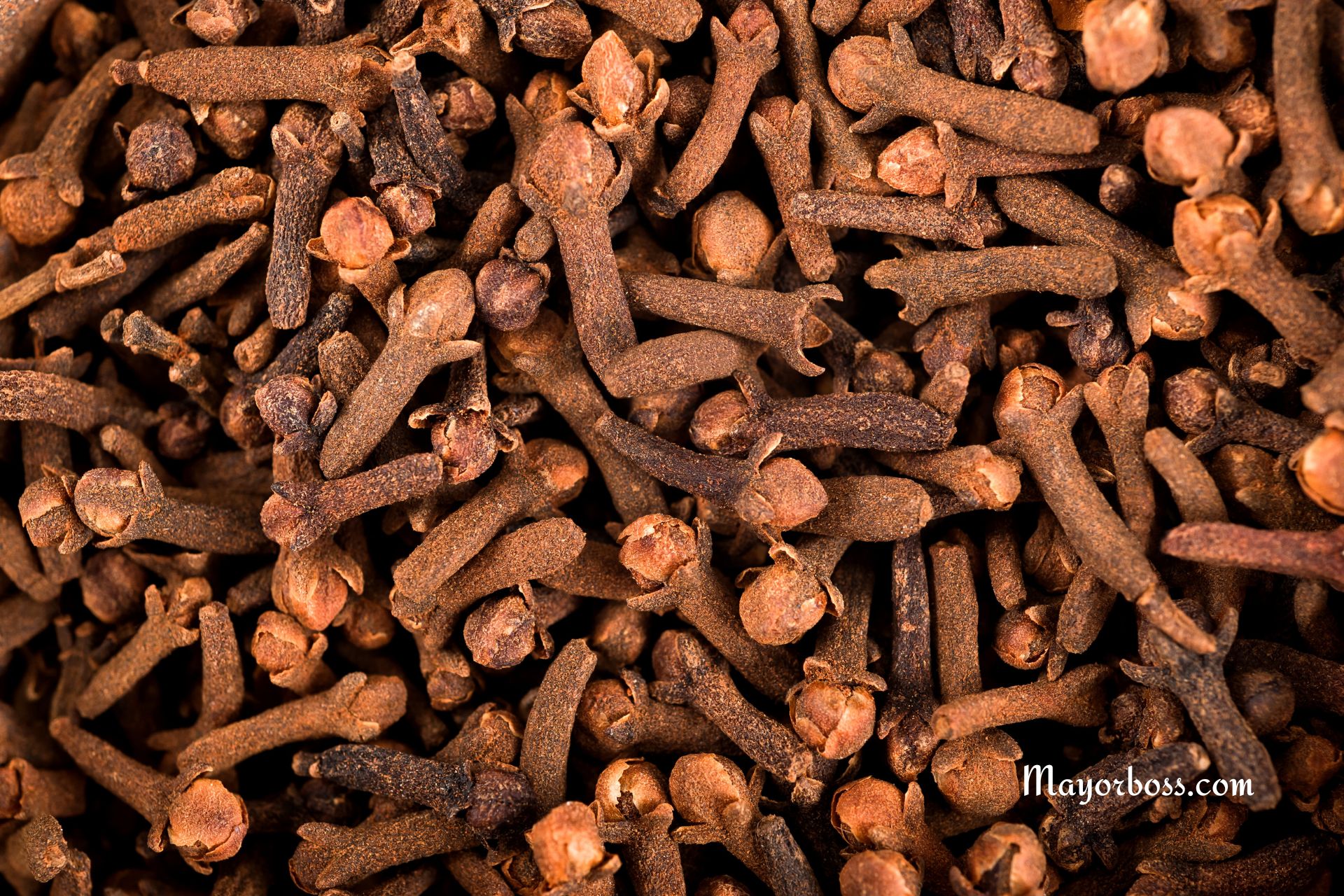7 Clothes You Should Never Put in the Washing Machine
Have you ever pulled a favorite shirt or sweater out of the washing machine only to find it has shrunk, stretched, or faded beyond recognition? It’s frustrating, isn’t it? It turns out not all clothes are meant for the vigorous cycles of a washing machine. Let’s take a look at seven types of clothing that are best kept far away from the washer, ensuring they last longer and stay in great shape.

1. Delicate Lace
Lace is beautiful and intricate, but it’s also extremely delicate. Throwing lace garments into the washing machine can lead to tears or cause the fine details to unravel. Instead, opt for hand washing in cool water with a gentle soap. Gently swirl the lace around, and then let it air dry flat to maintain its shape and intricate detailing. This way, your lace stays elegant and intact.
2. Wool Sweaters
Wool is known for its warmth and durability, but it needs careful handling when it comes to cleaning. A washing machine can cause wool sweaters to shrink or become misshapen. It’s best to hand wash wool in lukewarm water using a mild detergent specially formulated for wool. After washing, press out the excess water, but never wring or twist. Lay the sweater flat on a towel to dry to keep its shape.
3. Suits and Blazers
These structured pieces are essential in many wardrobes but can be ruined in a washing machine. The harsh spin and rinse cycles can damage their tailored shape and fine fabrics. Dry cleaning is the safer choice here, as it helps maintain the integrity of the fabric and ensures that your suits and blazers stay crisp and sharp.
4. Embellished or Sequined Items
Clothes adorned with beads, sequins, or embroidery add a touch of glamour but are vulnerable in a washing machine. The aggressive spinning can cause embellishments to become loose or fall off entirely. Hand wash these items gently or spot clean when necessary, and always lay them flat to dry. This careful approach will protect the decorations and keep the garments looking spectacular.
5. Swimwear
Swimwear is often made of delicate synthetic fibers that can easily stretch out or lose their shape. The heat and tumbling of a washing machine are not ideal for these sensitive materials. Rinse your swimwear in cold water after each use to remove chlorine or salt. Then, wash it gently by hand with a mild detergent designed for delicate fabrics. This keeps your swimwear in perfect shape, ready for your next swim.
6. Silk Items
Silk is luxurious and soft but extremely sensitive to water and agitation. The intense environment of a washing machine can cause silk to lose its sheen and smooth texture. Always hand wash silk items in cold water with a detergent meant for delicates. Gently agitate the water and let the item soak for a few minutes. Rinse it under cold water and lay it flat on a towel to dry, keeping its natural luster and drape.
7. Bras and Lingerie
You might be tempted to throw your bras and lingerie into the washing machine for convenience. However, this can lead to damaged undergarments. The delicate fabrics and underwires do not fare well against the aggressive spin and tumble of a washer. Instead, hand wash these items gently with a mild detergent and let them air dry.
Frequently Asked Questions
Q1: Can I ever wash delicate clothes in the washing machine if I use a mesh bag?
Yes, using a mesh bag can protect delicate items like lingerie and fine knits. Secure the bag tightly and use a gentle cycle with cold water. However, it’s still safer to hand wash when you can, especially for very delicate materials like lace and silk.
Q2: What should I do if I accidentally wash clothes that should not go in the machine?
If you accidentally wash a garment that should not have gone into the machine, do not put it in the dryer as this can make things worse. Instead, lay it flat to air dry. For reshaping wool or knitted items, you can try gently stretching them back into shape while they are still damp.
Q3: Is there any way to safely wash wool in the washing machine?
Some modern washing machines come with a “wool cycle” designed to wash wool gently without agitation. If you decide to use this feature, still use a wool-specific detergent and turn the garment inside out to reduce abrasion. However, hand washing is generally the safest method.






